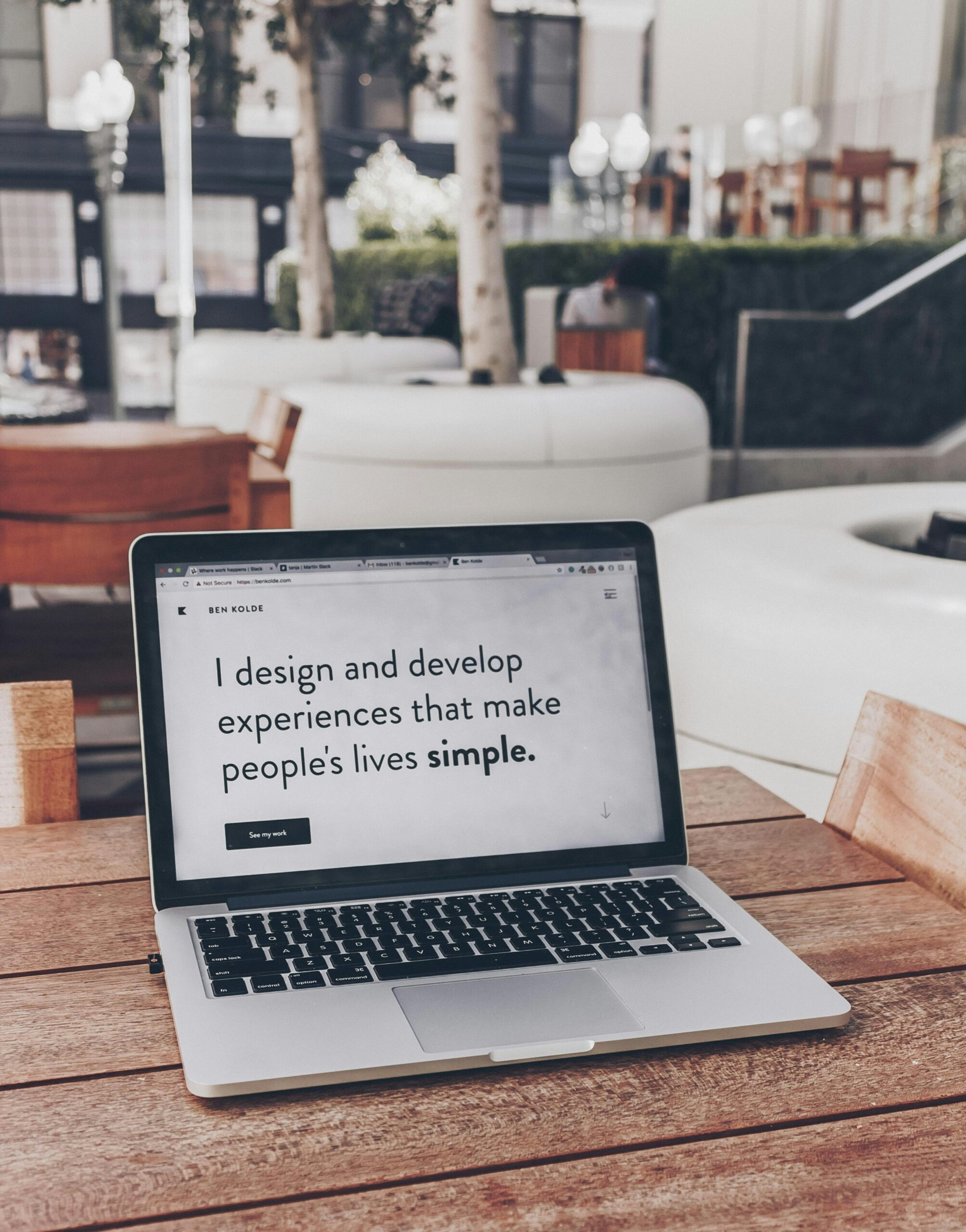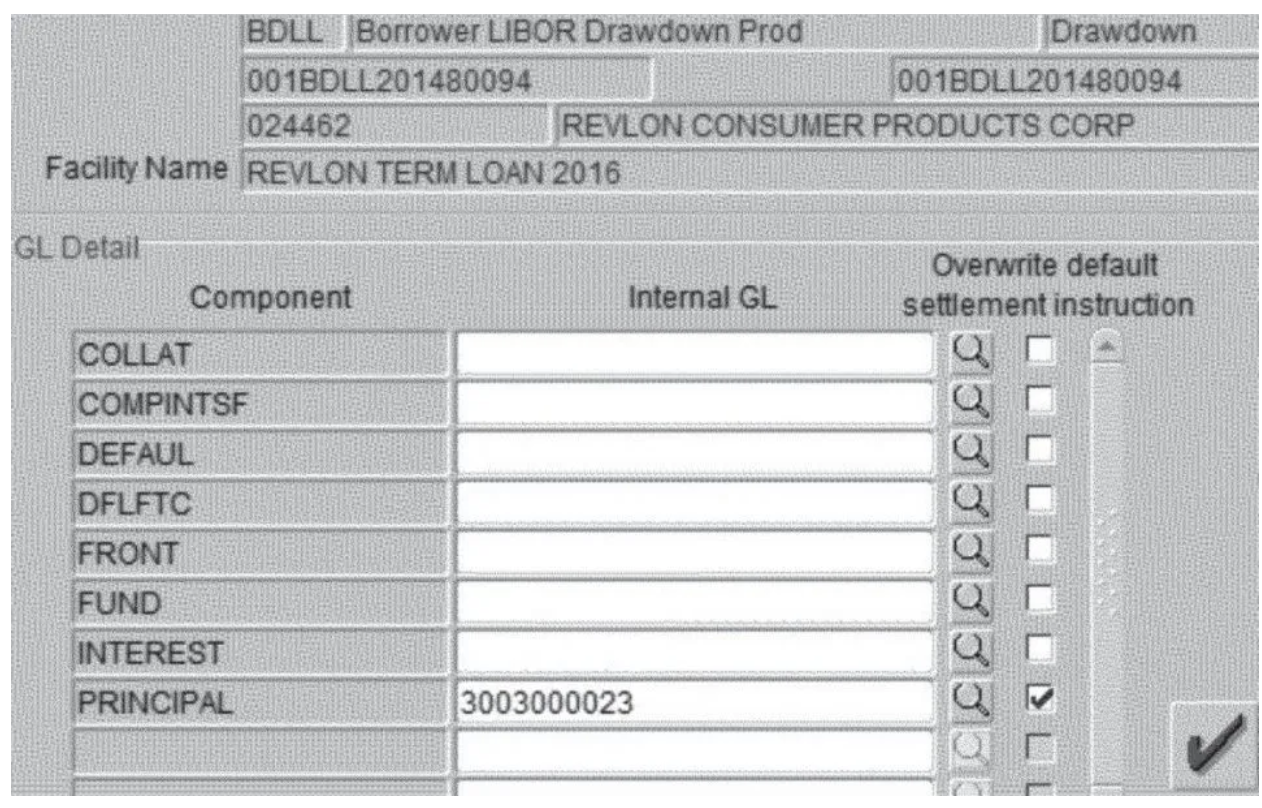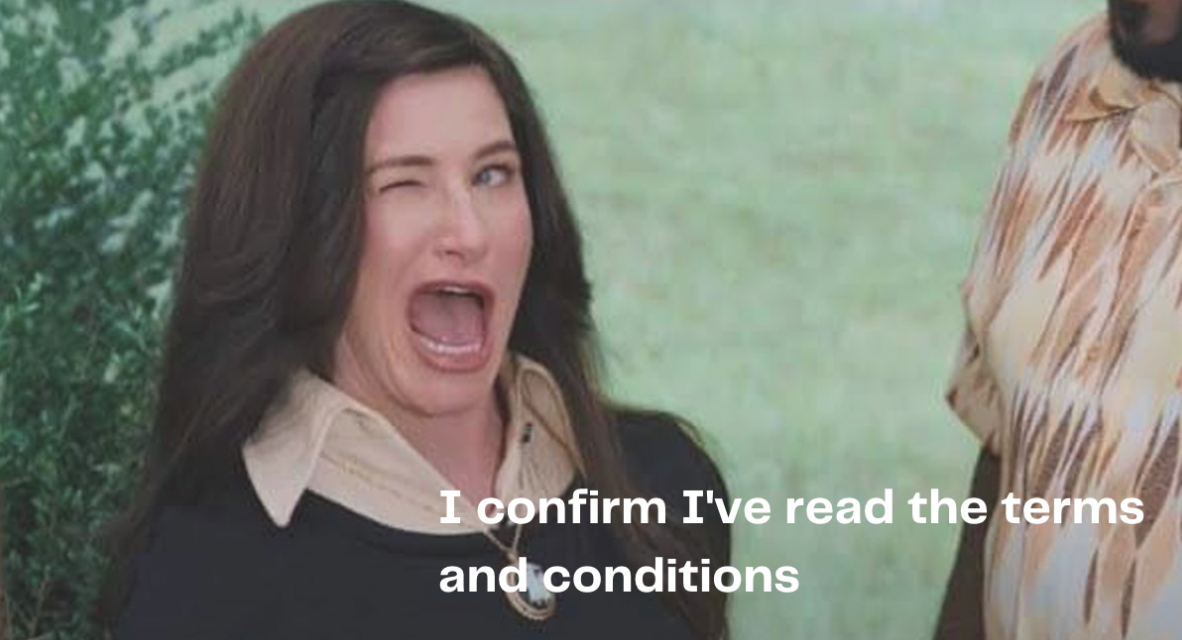
6 minute read
In this article, we’ll explain:
- What content design is, and its purpose
- Why it’s important to measure the ROI of your content design efforts
- Case studies and examples of content design impact
2024 marks content design’s 10-year birthday, or anniversary, depending on how you look at it. Sarah Winters, known for writing GOV.UK’s style guide and founding ‘Content Design London’, coined the name ‘content design’ in 2014. Though it was first created for the UK’s Government Digital Service (GDS), it’s since become a global content discipline. In fact, LinkedIn listed it as the ninth fastest growing job in 2022.
But, have you ever wondered exactly how content design could impact your business’ bottom line? We’re going to walk you through some eye-opening case studies that reveal the true return on investment (ROI) of content design.
Spoiler alert: it’s more significant than you might think.
What is content design?
Taking insight directly from Winters, content design is “about using data and evidence to give the audience what they need, at the time they need it and in a way they expect.”
In its simplest form, content design is a user-centred approach to content. It aims to create meaningful and relevant content that delivers the best user experience.
Content design differs from other writing disciplines because it focuses on crafting content to help users achieve specific objectives. That’s not to say content design is solely goal oriented. Far from it. Content designers do create engaging content, but it’s based on data around user needs, behaviours, and preferences. The art of balancing these objectives is one of the reasons content design has become a sought-after craft.
Content design is important for several reasons:
- It’s crucial to enhancing user experience. Content designers often work hand-in-hand with product and UX designers. That’s because they have a shared goal: to create a valuable, easy-to-navigate content experience that meets users needs and expectations.
- Well-structured content helps businesses effectively communicate their brand message. Users often leave a webpage in 10-20 seconds. You have a limited window to capture their attention and share your message. Every second of content counts.
- Good content and compelling user journeys drive engagement. We’ll dive into this more later. But, in short, if users can understand and navigate your content, they’re more likely to stay. Higher engagement is the key to conversions and business growth.
Why you should measure the ROI of content design
The truth is, numbers don’t lie – an ironic statement in an article about the importance of words. Creating and designing content isn’t a tick-box exercise. It’s about learning, growing, and making smarter business decisions to serve your users.
One of those smart decisions is rationalising your investment in content. Creating considered content requires ongoing investment, from software, to training, and much more. By demonstrating the impact of your content, you’re able to advocate for more of those resources. On a bigger business scale, connecting the dots between content quality and business success, makes sure you’re in a good position to expand your content design discipline.
Aside from powering budgets, measuring content design ROI also gives you insights into what’s working for your business, and what’s not. By digging into user data, you can figure out which areas of your user experience hit the mark. You can then redirect efforts towards the content that’s working, and consider ditching or improving what’s not.
Finally, let’s not forget the reward you get from knowing how your content is improving your users’ experience. As we mentioned earlier, a big draw of content design is that it is user centric. Your job is to give users what they need, in a way they’d expect. Looking at data and analysing whether you’re achieving that goal makes sure you stay focused on putting your users first.
Content design at work: case studies on its impact
The three examples we’re going to look at show the financial impact of investing in, or neglecting, content design. Seeing the numbers in black and white will show you why it’s crucial to prioritise content in your user experience.
Content design boosts customer satisfaction at Microsoft
Kylie Hansen, Director of UX Content Design at Microsoft, appeared on Larry Swanson’s ‘Content Strategy Insights’ podcast in 2019, and spoke about the profound impact of content design. Her team found that embedding content designers in product teams led to:
- Net promoter score (NPS) increasing by 8 points
- A 92% increase in usability
- 44% of task failures getting resolved
- An increase in active users and customer retention
Hansen also highlighted that “$1 invested in design is worth $100 to fix something in development”.
Expedia makes $12 million by deleting a form field
Content design isn’t limited to improving existing content, or adding to an interface. One of the great joys of a content designer’s job is pruning unnecessary content. Besides the general reward of decluttering your users’ experience, Expedia found that it pays to remove unnecessary user actions.
Expedia found that a high proportion of customers weren’t completing their transactions. They’d find the right location and hotel, enter their billing information, and wouldn’t complete the purchase. After investigating this breakdown, Expedia found a problem with one of its forms.
The purchase form had an optional field for ‘Company’. This confused some users, who were entering their bank’s name in the field. These users would then fill in the subsequent ‘Address’ field with their bank’s address, instead of their home address. As a result, they couldn’t verify their address to process payments. This led to failed transactions and high abandonment rates. By removing the optional ‘Company’ field, Expedia saw a $12 million increase in profit a year.
Image source: Forrester Research
Poor UX and content design costs Citi $500 million
And here’s a cautionary tale to round things off. In 2021, three Citi employees sent $900 million to one of its client’s creditors, instead of $7.8 million.
How did this mistake happen? According to details of the case, Citi’s payment system had ambiguous field labels, a lack of payment confirmation messaging and was, generally, poorly designed. Although the bank had a “six-eyes process” – meaning three people, or six eyes, reviewed each transaction – Citi eventually fell victim to poor UX.
The creditor did voluntarily return $400 million of the $900 million payment. But the court ruled it could keep the remaining $500 million.
The bottom line
To conclude, there’s lots of undeniable proof that content design isn’t a nice-to-have. It’s a must-have for a business to improve its user experience and boost its bottom line. Good content design goes a long way in improving individual user experiences, and can deliver consistent business profit.
Interested in learning more about how content design can help your business?
Why not get in touch with us today for an informal 15-minute chat?
Sources
- https://www.linkedin.com/pulse/most-in-demand-jobs-uk-linkedin-rise-2022-linkedin-news-uk
- https://www.nngroup.com/articles/how-long-do-users-stay-on-web-pages/
- https://contentdesign.london/blog/what-is-content-design
- https://ellessmedia.com/csi/kylie-hansen/
- https://www.forrester.com/blogs/why-citis-500m-mistake-is-really-a-design-debt-interest-payment/
- https://www.uxconnections.com/how-bad-ux-cost-citi-bank-900-million/
- https://uxmovement.com/thinking/the-12-million-optional-form-field/
- https://www.zdnet.com/article/expedia-on-how-one-extra-data-field-can-cost-12m/
- https://www.prosekiln.com/blog/2021/2/14/the-roi-of-content-design





